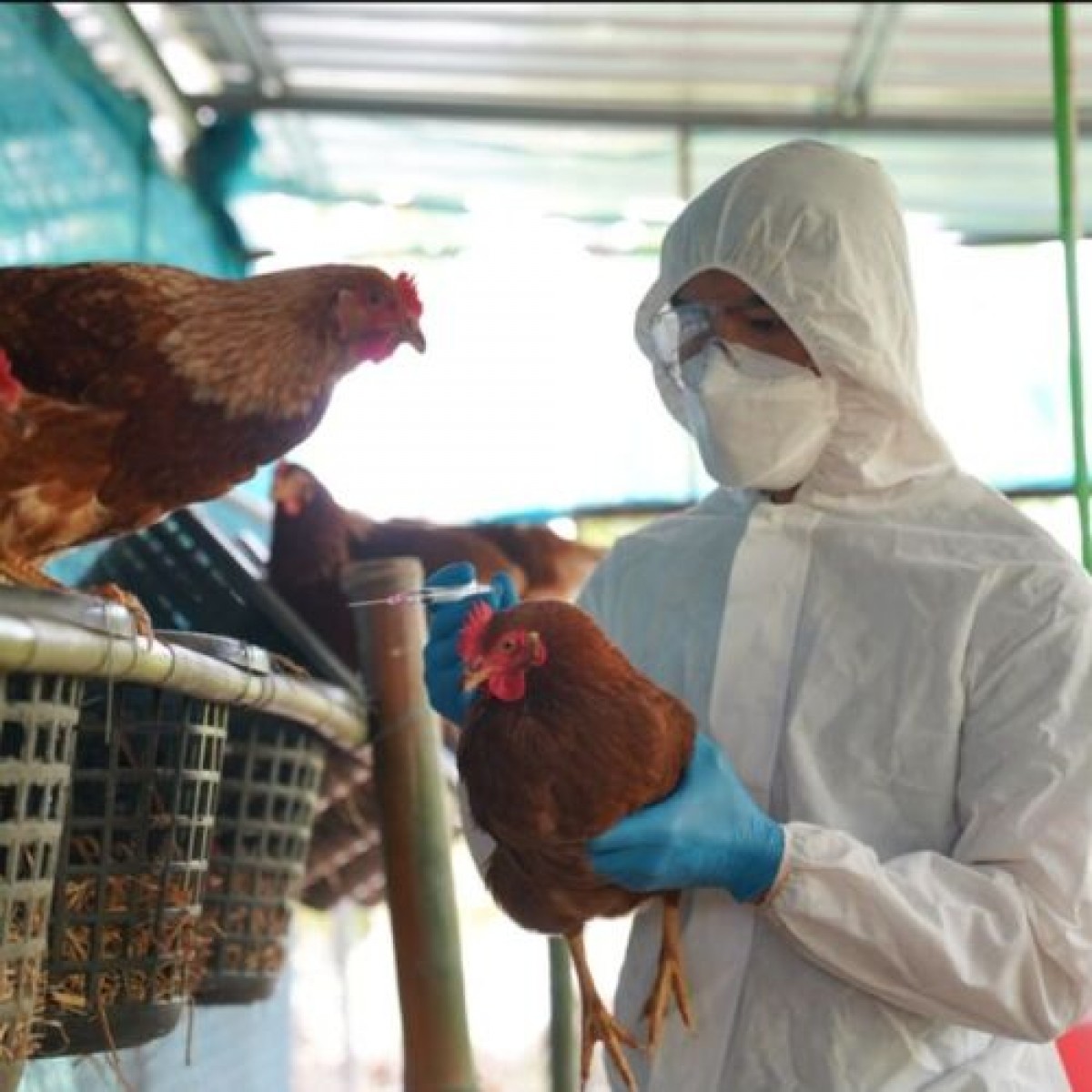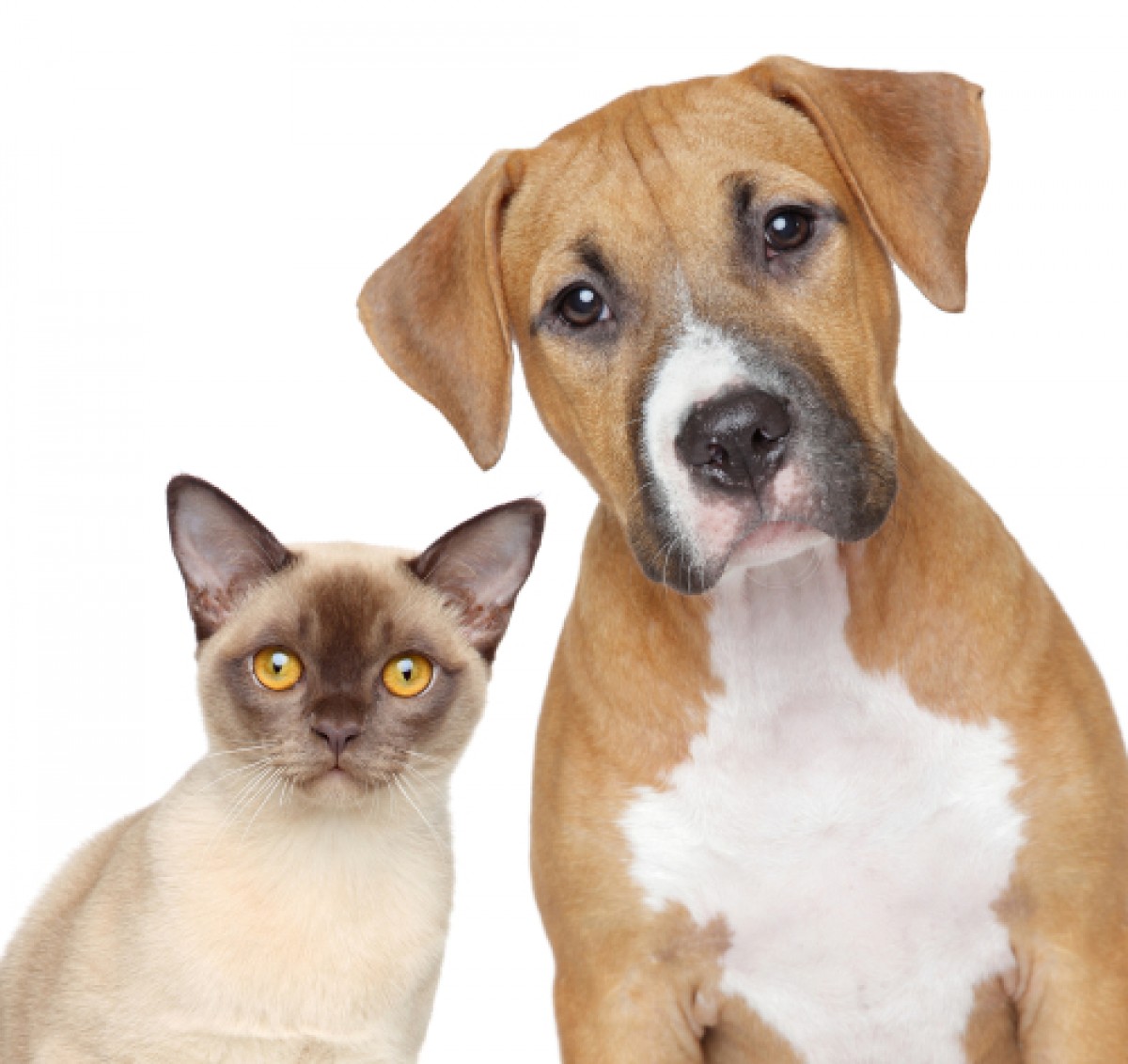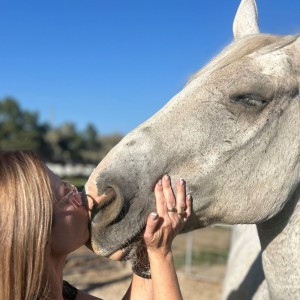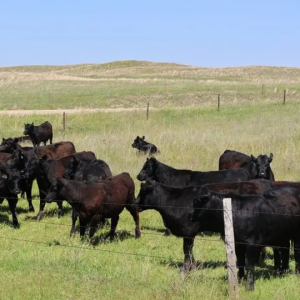Management and medicine of backyard poultry
The term “poultry” includes all species of birds that can be consumed for food. Traditional poultry species are the chicken, turkey, duck, and goose.
Other species such as pheasants, quail, chukar partridges, pigeons, guinea fowl, and ratites have variable popularity dependent on cultural tradition, geographic location, and availability. “Backyard” or “pet” poultry loosely refers to any of the above species of birds that are maintained for pleasure and/or small-scale sale of birds, meat, or eggs. Often included are those birds owned by breeders and exhibitors of fancy poultry and small commercial operators selling to niche markets (e.g., live bird markets, range eggs, local production). In contrast, the commercial poultry industry is a billion dollar business involving large numbers of birds worldwide. The industry is split into meat (broiler chickens, turkeys, ducks, and geese) and egg-laying (table-egg and breeder) types of birds.
Large meat-bird operations are generally vertically integrated—the company controls all aspects of production from hatch to processing. Chicken farms maintained for table-egg production are often individually owned, but may market their eggs cooperatively. Breeding is centralized with only a few primary breeders controlling the pedigreed genetic stock.
Commercial companies often employ contract farms that are owned by an individual farmer; however, the birds belong to the larger commercial entity.
Authors: Patricia Wakenell 1
Source: https://pmc.ncbi.nlm.nih.gov/














List
Add
Please enter a comment